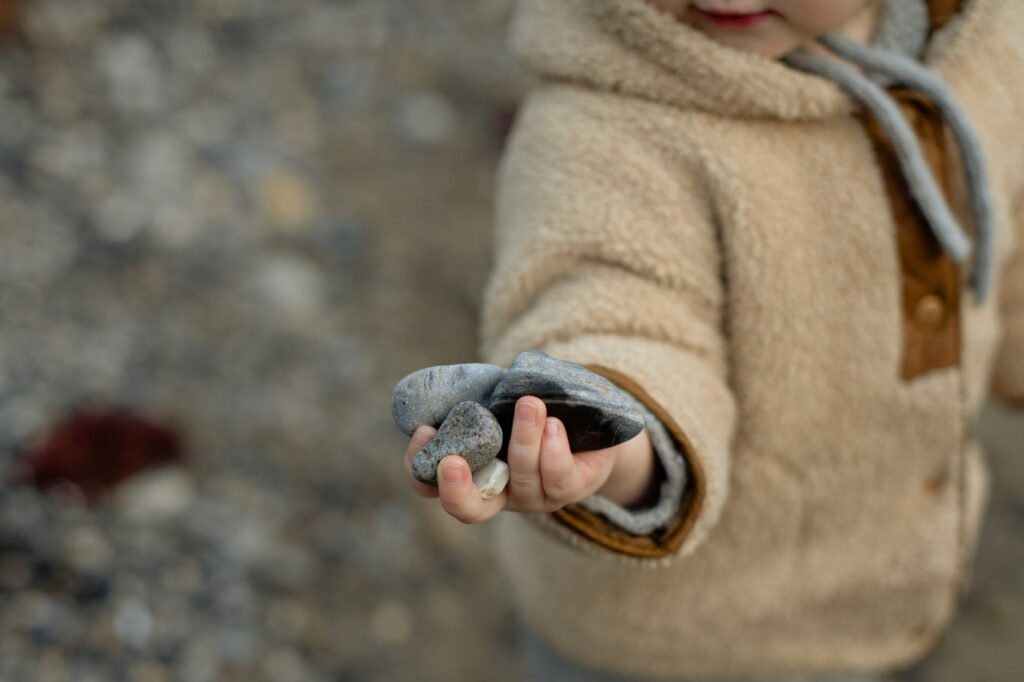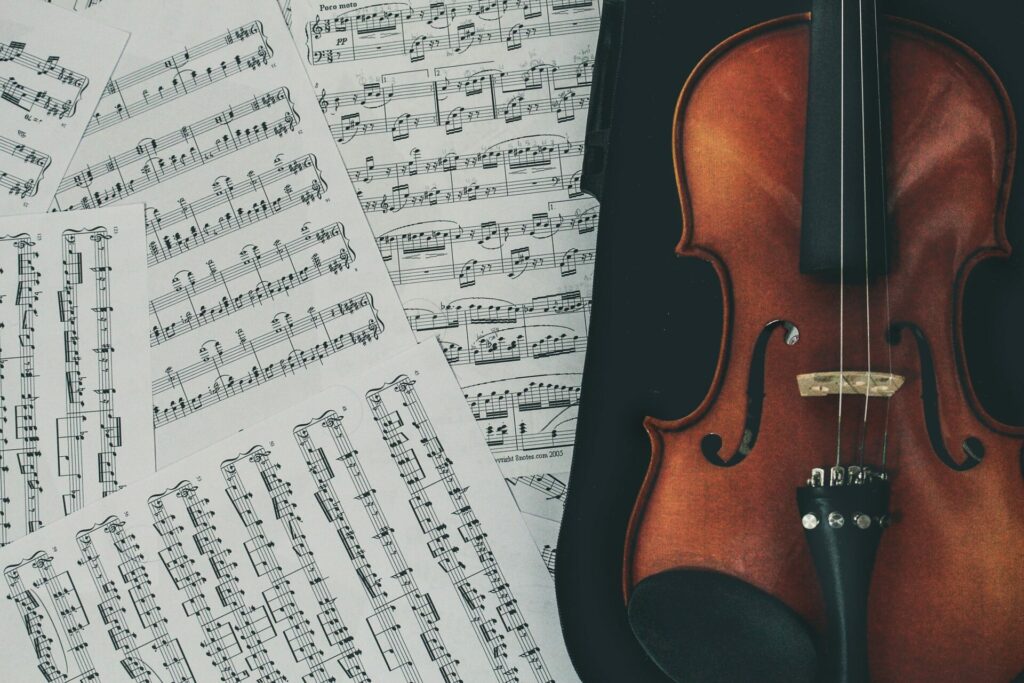
What is Nature Study?
Never be within doors when you can rightly be without.
Charlotte Mason
Charlotte Mason emphasizes the value of nature study in home education, beginning during the early years. Unhurried time outdoors is important for children.
Nature study gives a strong foundation in science, nourishes wonder, curiosity, and delight and develops lifelong habits. Nature walks, keeping a nature journal, reading nature lore, and hands-on object lessons are all valuable nature study experiences.
Nature Walk
It is important to take nature walks in all seasons, creating an opportunity for intentional observation. The focus of the walk is observing nature in an unhurried manner, including plants, animals, rocks, trees, bugs, weather patterns, etc. Charlotte Mason recommends that families take nature walks together one afternoon each week. 5 suggestions to enhance a nature walk include:
- Dissecting a flower or a seed pod.
- Studying insects (release them when finished).
- Observing patterns of ants or small insects in their natural habitat.
- Using binoculars to observe animals.
- Climbing a tree.
Nature Journal
Purchase a hardcover, watercolor notebook for nature journaling. The notebook needs to be durable since it will be used outdoors. A nature journal is a place to record observations from a nature walk or an object lesson.
Nature journal entries should include the date and location of the observation and a brush-drawing illustration of the observation. Older students should include noted characteristics and species identification. Adding embellishments such as poetry, quotes, and scripture make each journal unique.
Brush-drawing is a technique using a detailed paintbrush and watercolor paint. To brush-draw, dip the wet paintbrush into watercolor paint and then lightly tap the brush on a paper towel before painting on the journal. A travel watercolor set is ideal for nature journaling. To start a nature journal, your student will need a nature journal and a travel watercolor set.
Nature Lore
Nature lore is literature written by a naturalist designed to pique interest in the natural world. If you are able to include a physical object study that coordinates with the nature lore reading, it will enhance the lesson. Quality nature lore is often vintage and best read at a slow pace. Charlotte Mason recommends one 10 minute nature lore lesson per week, reading only 4-5 pages per lesson. Some beloved classics include:
- Insect Life, by Arabella Buckley
- Trees and Shrubs, by Arabella Buckley
- Clara Dillingham Pierson’s Complete Among the People Series
- James Herriott’s Treasury for Children
- The Burgess Bird Book for Children, by Thornton Burgess
Object Lesson
A valuable resource to guide object lessons at home is The Handbook of Nature, by Anna Botsford Comstock.
Discover the joy of including nature study in your educational feast!
As an Amazon Affiliate, I may earn a small commission from qualifying purchases at no extra expense to you.

